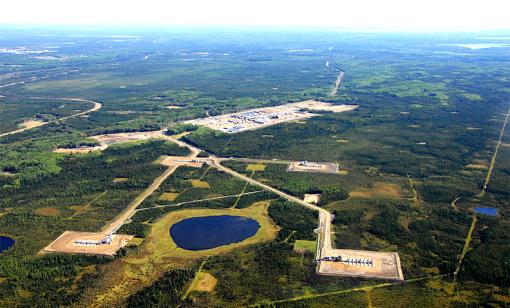
After Hurricane Harvey, Midstream Looks To Compression For Resilience
Companies taking steps to automate compression assets and integrate services.
Logging you in.
Logging you out.
Updating your account.

Gregory DL Morris has reported from all 50 states and eight Canadian provinces, 17 countries on five continents in a career of more than 30 years; from Buenos Aires to Tokyo, from Sydney, Australia to Fort McMurray, Alberta. He has covered conventional energy from exploration and production to refining and petrochemicals. He has also covered renewable energy, transport and logistics, metals, banking, insurance, investments, sports, and travel. He holds a bachelor of science in journalism with distinction in all subject from Cornell University, is a member of the Overseas Press Club, and sits on the editorial board of the Museum of American Finance, a Smithsonian affiliate

Companies taking steps to automate compression assets and integrate services.

Once a major artery for getting imported crude north to Midwest refineries, the Capline may be reversed to move US crude south to tidewater for export.

Support for coal from the government is clear, but an S&P Global Platts expert expects economics to win out over time.

After the storm, the midstream sector weighs options, including ‘dis-economy of scale.’

California attorney general threatened anti-trust suit to block deal.

Very low opex offsets high capex in a long-term Canadian play.

Last year was a study in contrasts for gas processors.

The Midstream Business annual rankings of the sector’s largest natural gas processors and NGL processors for calendar year 2016 were a study in contrasts. In both cases familiar names continued to top the charts.
Lucid’s Roadrunner plant in N.M. likely to go online in December.
Brazos plans to bring Comanche II plant online a month ahead of schedule.
© 2024 Hart Energy. All rights reserved. Reproduction in whole or in part, in any form or medium without express written permission is prohibited.
